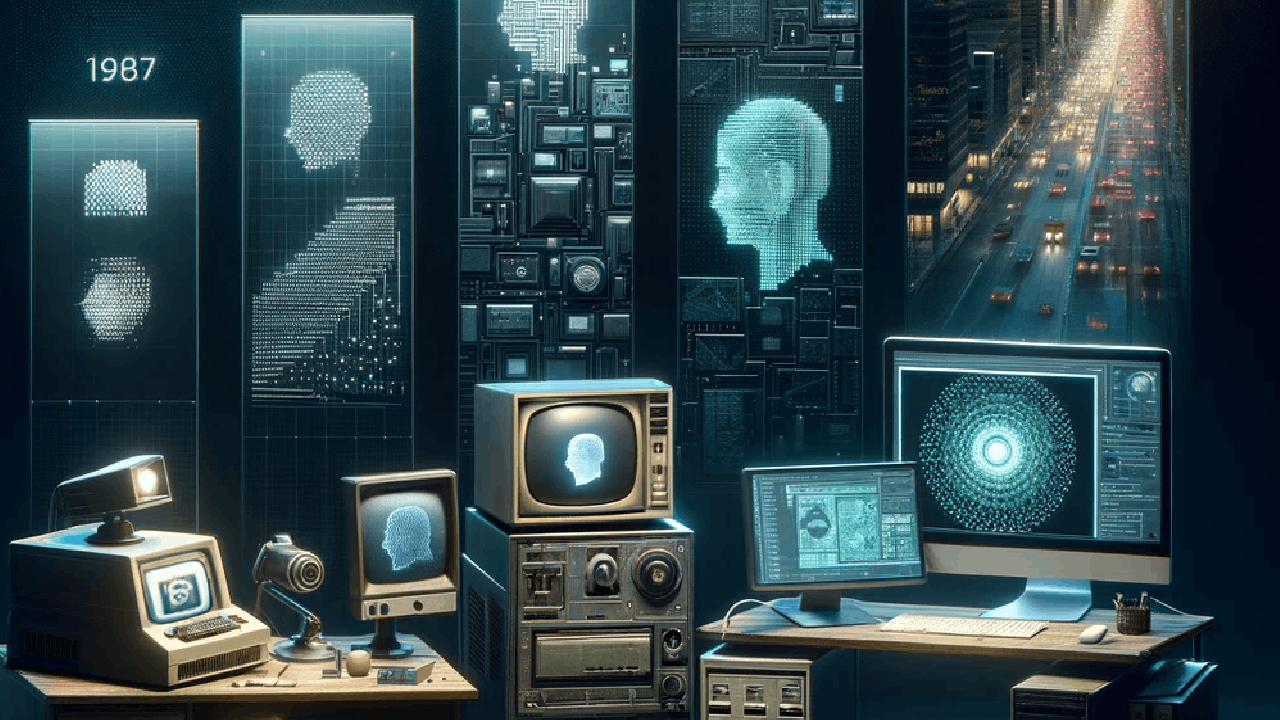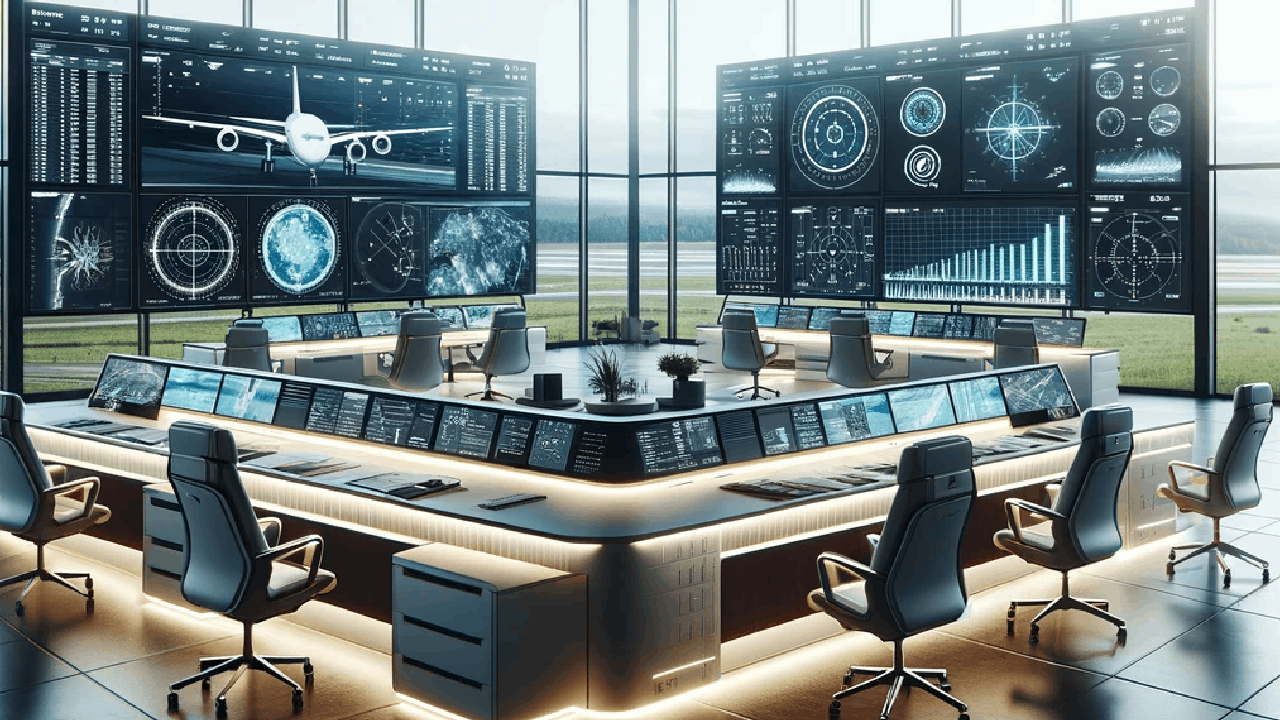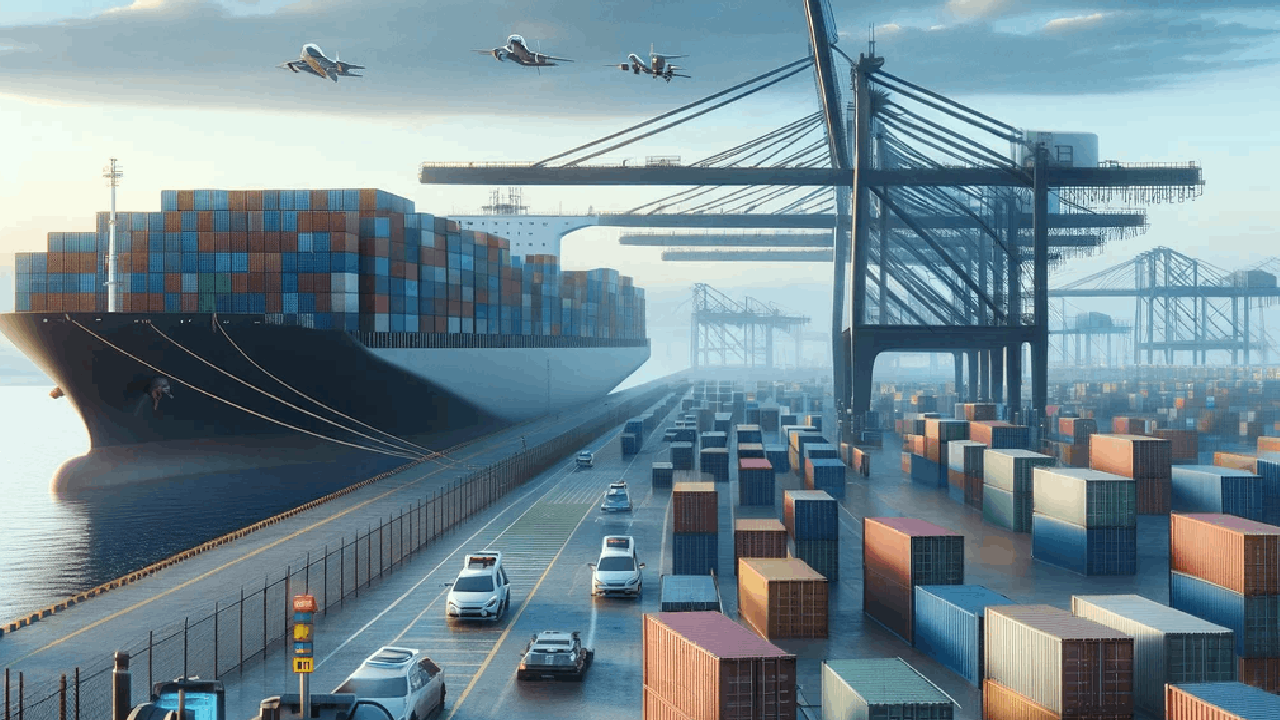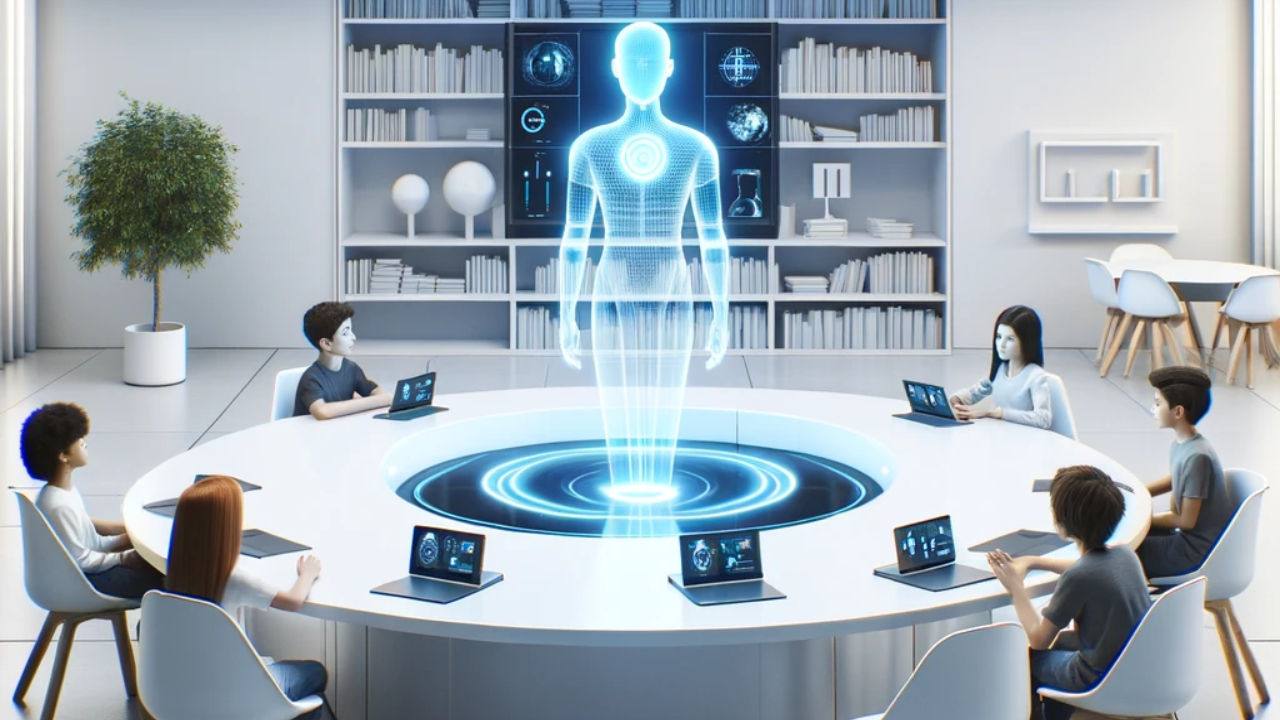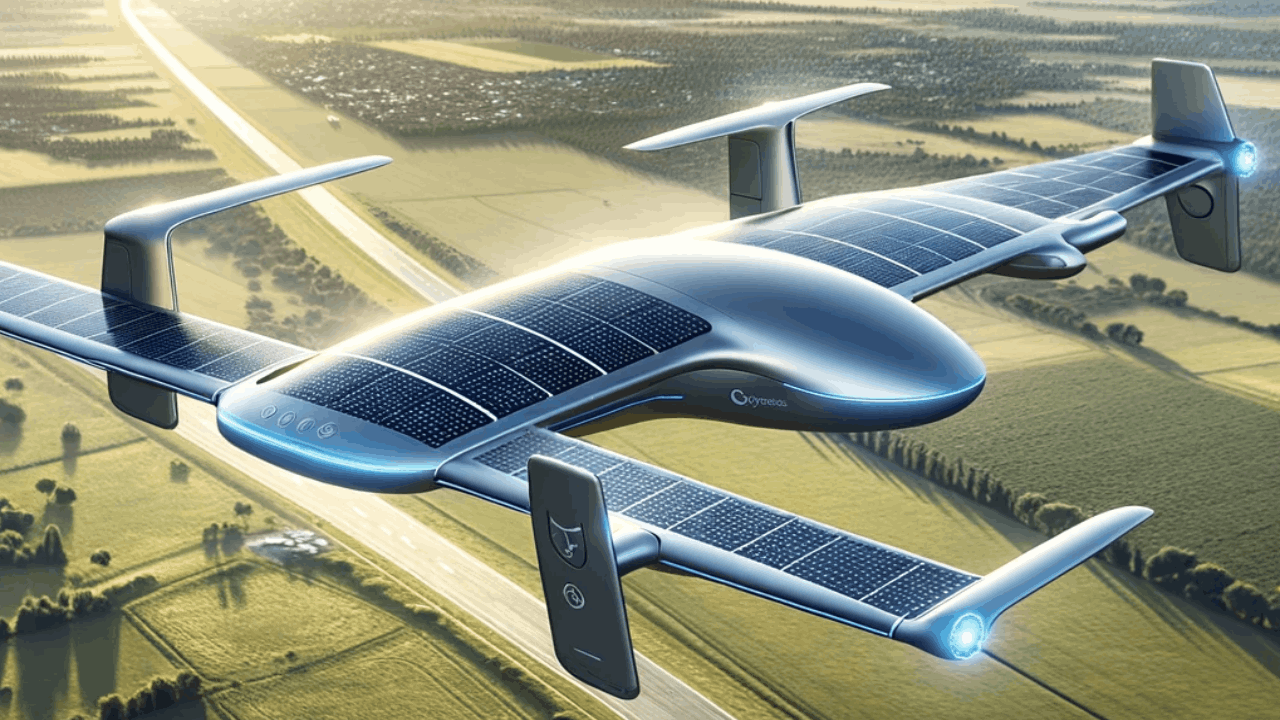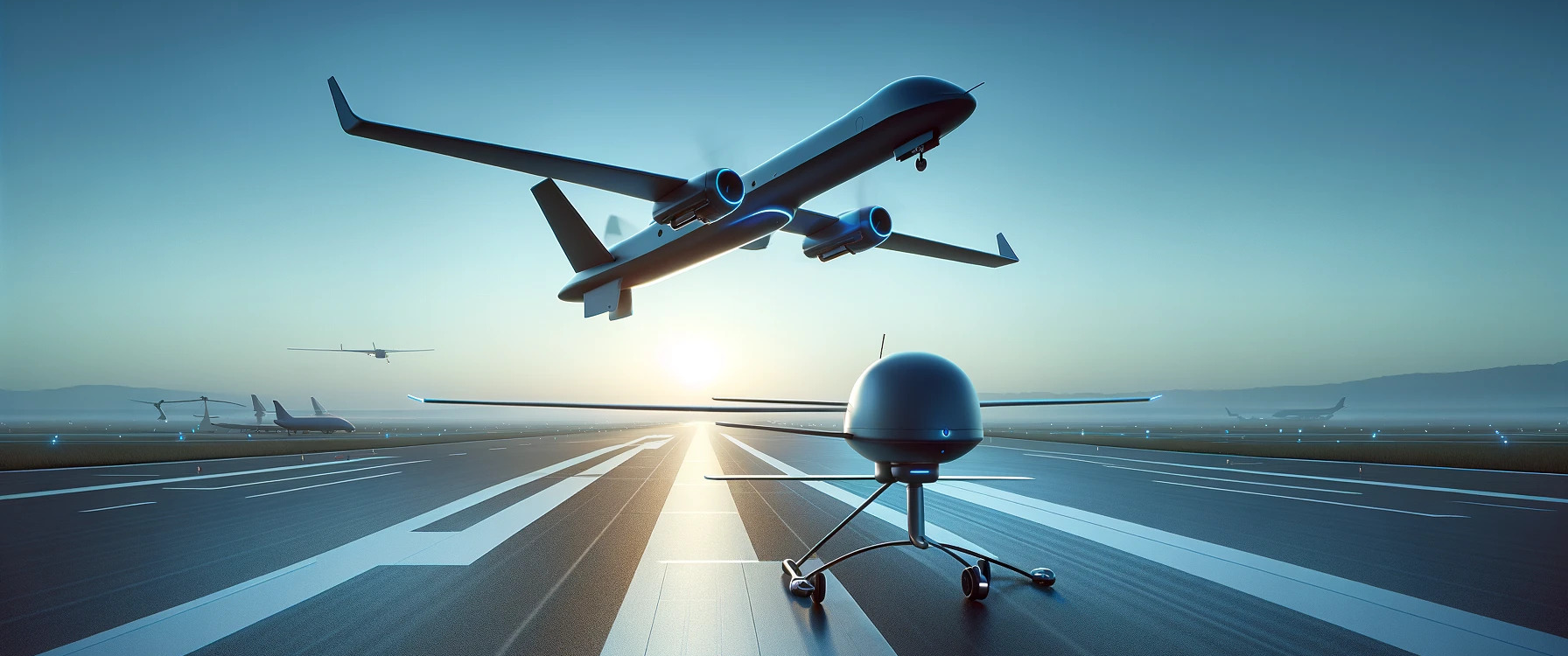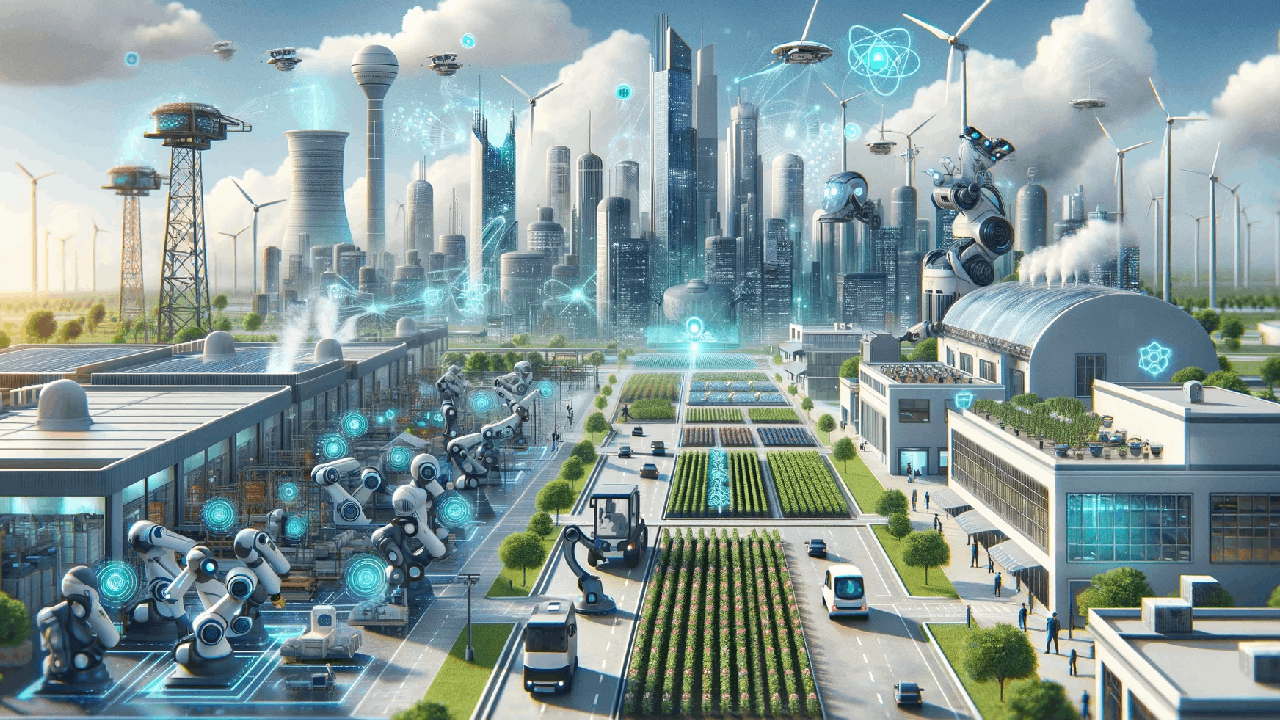
The Future of Automation: Deep Learning’s Role in Revolutionizing IndustriesTechnologies
Discover how deep learning is shaping the future of automation and revolutionizing various industries and technologies. Automation has become an integral part of our modern society, revolutionizing industries and technologies. It has simplified processes, increased productivity, and transformed the way we live and work. With the emergence of deep learning, automation is set to reach new heights. In this article, we will explore the intersection of automation and deep learning, the impact of deep learning on various industries, the challenges and solutions in implementing deep learning for automation, and the future outlook of this powerful combination. Understanding Automation and Deep Learning Defining Automation in the Modern Context In today’s world, automation refers to the use of technology to perform tasks with minimal human intervention. It
